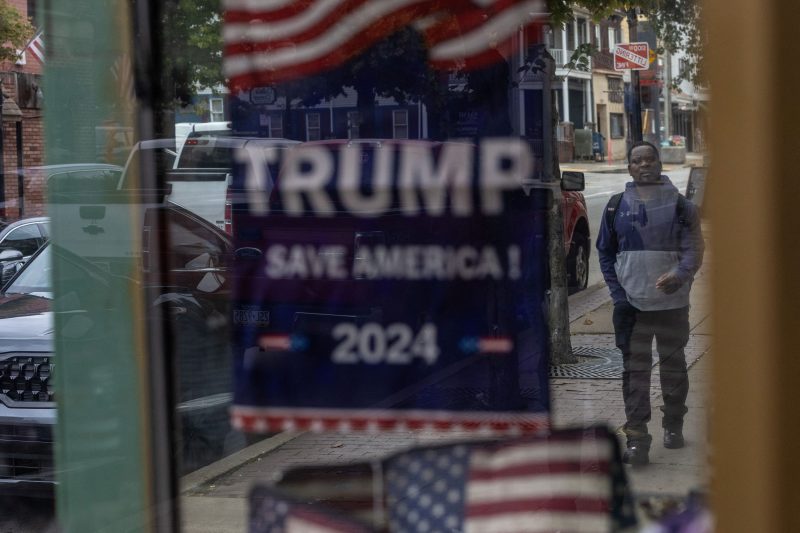In recent years, American politics have been blazing a trail across headlines globally. One of the topics at the forefront of the discussion is former President Donald Trump’s stance on immigration. This has been one of the main pillars of his policy agenda, and it has stirred significant conversation among supporters and opponents alike. As his economic prowess has come under scrutiny, Trump swiftly shifted his core message to crack down harder on immigration, forming a central part of his final appeal before the historic election.
The subject of immigration, particularly in the context of US-Mexico relations, has been a divisive issue throughout Trump’s presidency. His approach to border control, apparent in his rallying cry to build a wall along the southern boundary of the country, faced both acclaim and criticism from different sections of American society. Trump’s last-minute pivot towards enforcing stricter immigration controls arguably served to galvanize his supporters who believe in the need for strong border enforcement to preserve national security and economic stability.
Trump’s tactic was to juxtapose his hardline stance with the allegedly more lenient immigration policies of his then opponent, Joe Biden. By comparing his proposed measures to those of the Democrats, he constructed a narrative of contrast to present himself as the better choice for those concerned with border control and national security. This played out through stark advertisements, impassioned speeches, and social media campaigns, drawing another line in the sand during an already polarizing election cycle.
From a grand Trump caravan event in different Latino neighborhoods to various demonstrations in Texas’s Rio Grande Valley, Trump’s campaign celebrated their tightened immigration policies and presented them as a signature achievement. Supporters were encouraged by Trump’s success in constructing a large portion of the promised border wall and his implementation of policies to limit legal and illegal immigration, such as the Remain in Mexico policy and reduction of the refugee cap. These policies have changed the face of immigration in America and have demonstrated Trump’s commitment to maintaining a harsh stance on immigration.
On another side, critics argue that Trump’s aggressive focus on immigration had less to do with border security and more to do with stirring up fear among voters. They point to the divisive language often used in discussing immigration, painting immigrants as potential criminals or job stealers, creating a skewed perception of immigrants. Opponents believe that Trump’s handling of immigration is an attempt to fuel anxieties rather than address actual threats to national security or economic stability.
Meanwhile, policy advocates and critics alike have noted the significant human cost of Trump’s immigration policies. Stories of family separation, harsh conditions in detention centers, and the controversial Remain in Mexico policy – which has left thousands of asylum seekers at the mercy of dangerous border towns – have sparked concern and anger among human rights advocates.
In conclusion, immigration has been a volatile issue in the American political landscape and former President Trump’s policies have left a lasting mark. His pivot to a hard-line immigration discourse during an economically challenging pre-election phase shows a calculated strategy, aiming to appeal to voters concerned about national security and economic stability. However, this approach continues to be subject to fierce debate in terms of effectiveness, humanity, and long-term implications.
